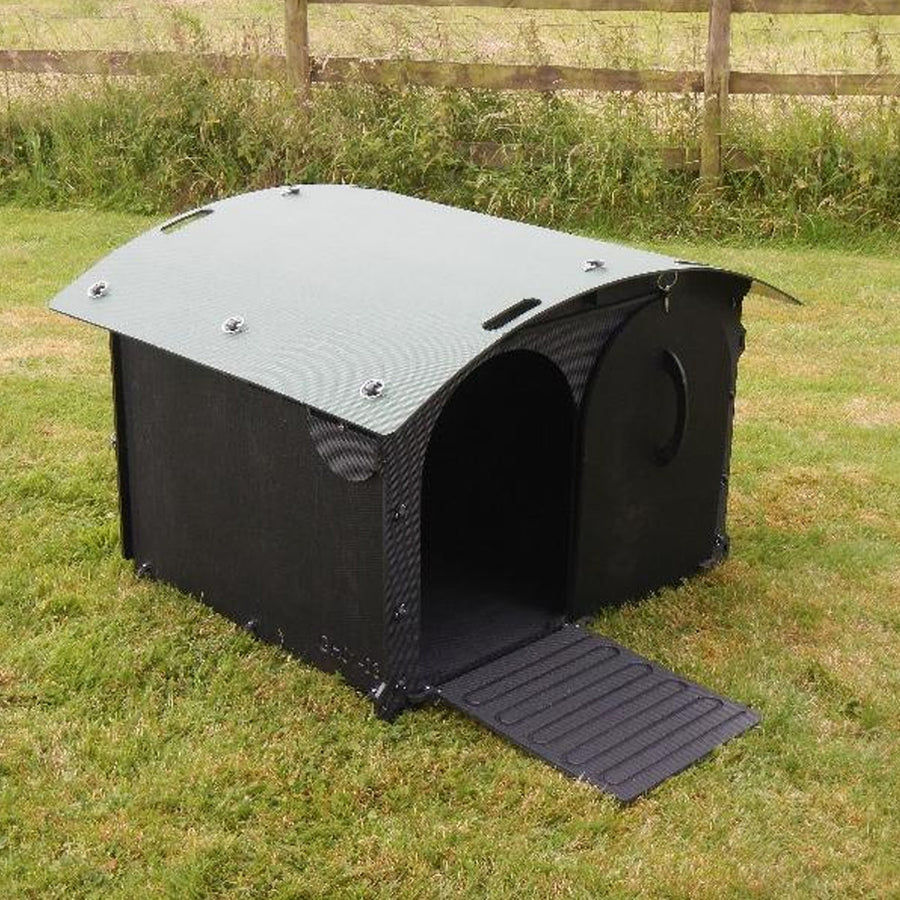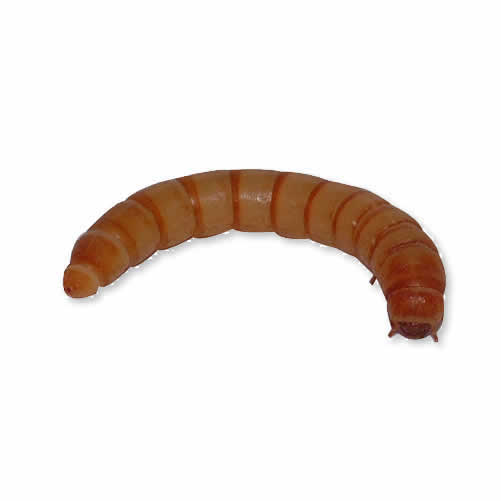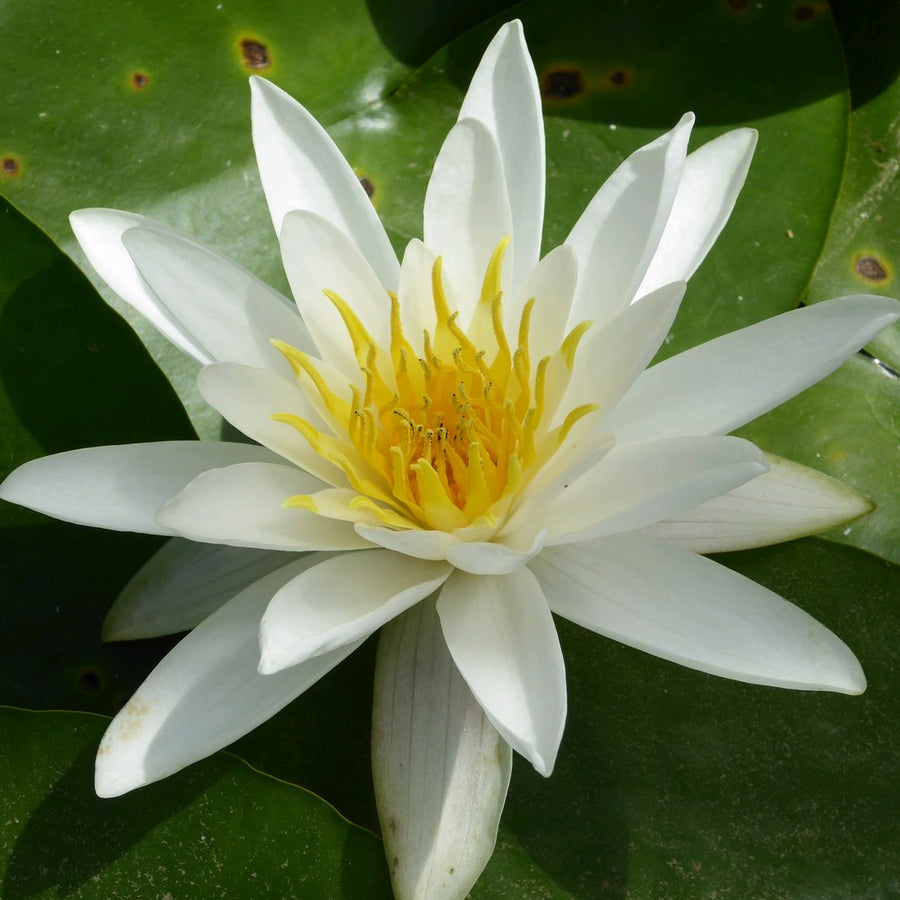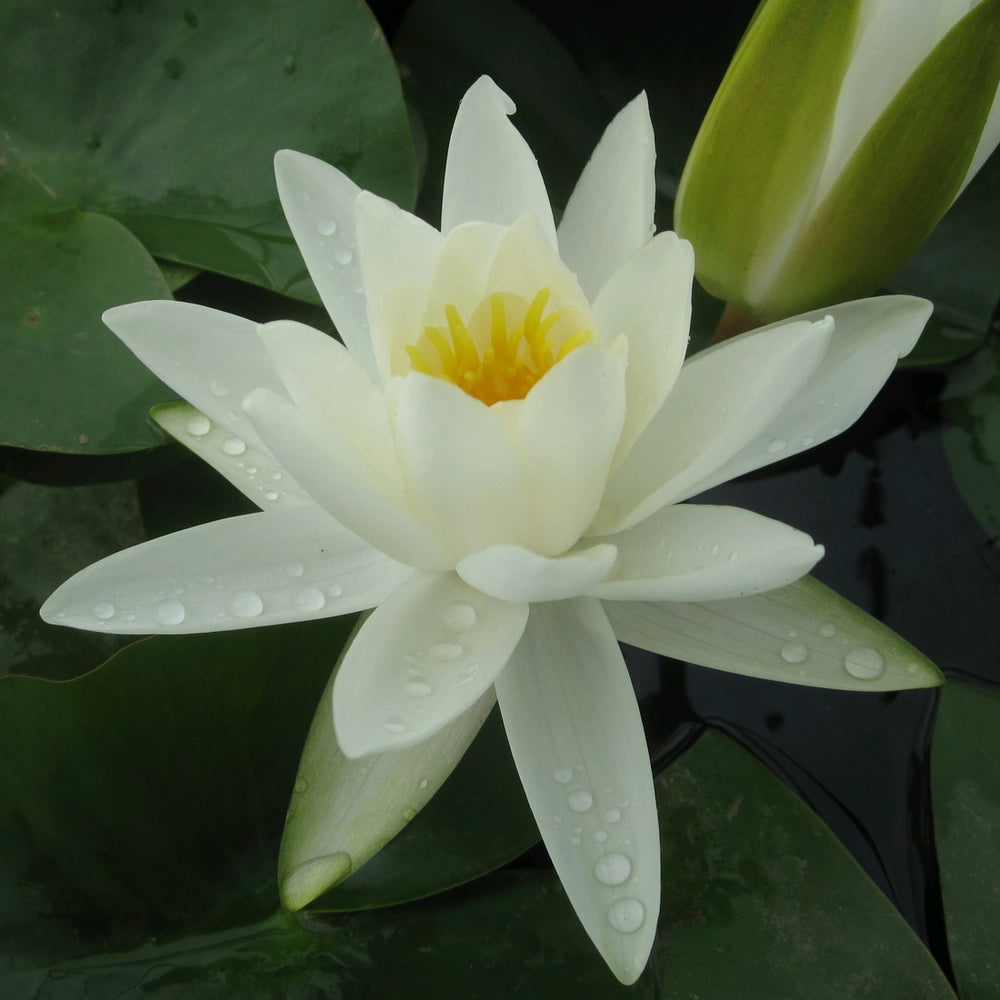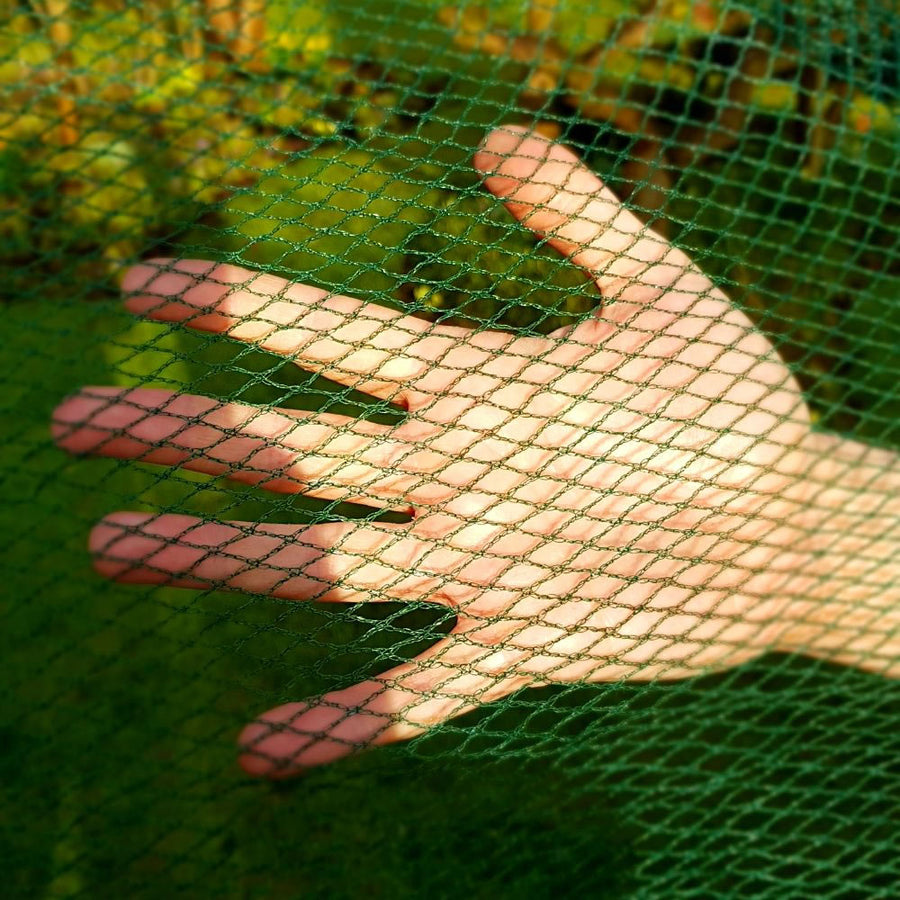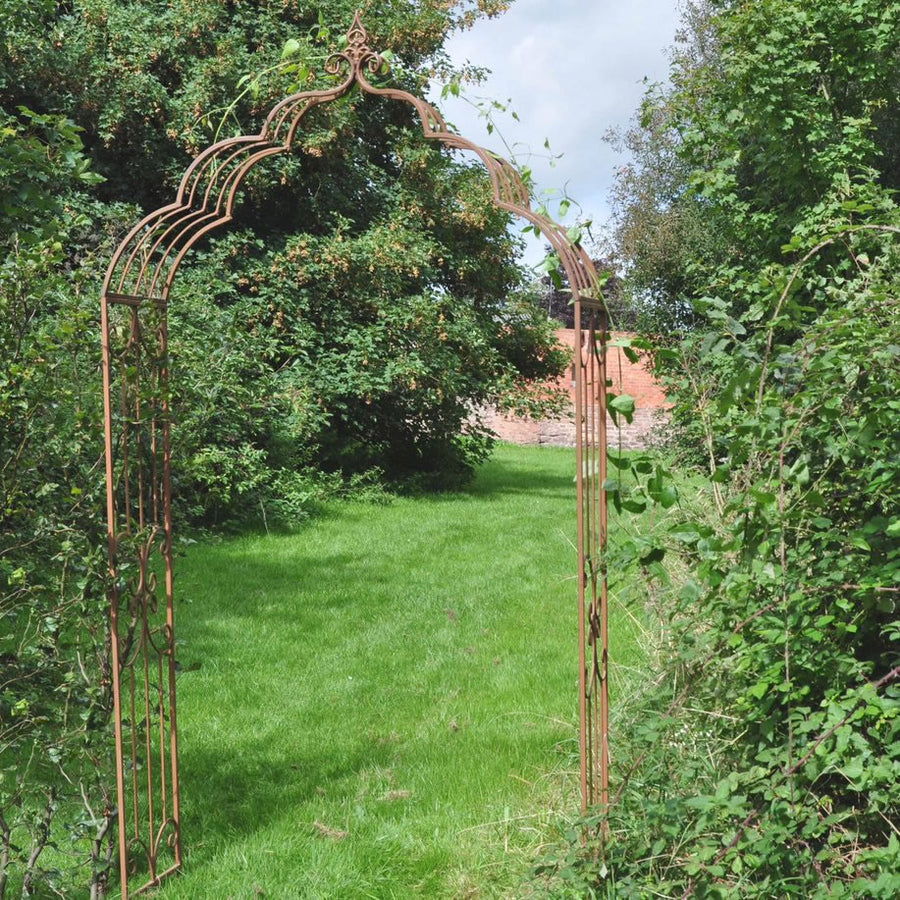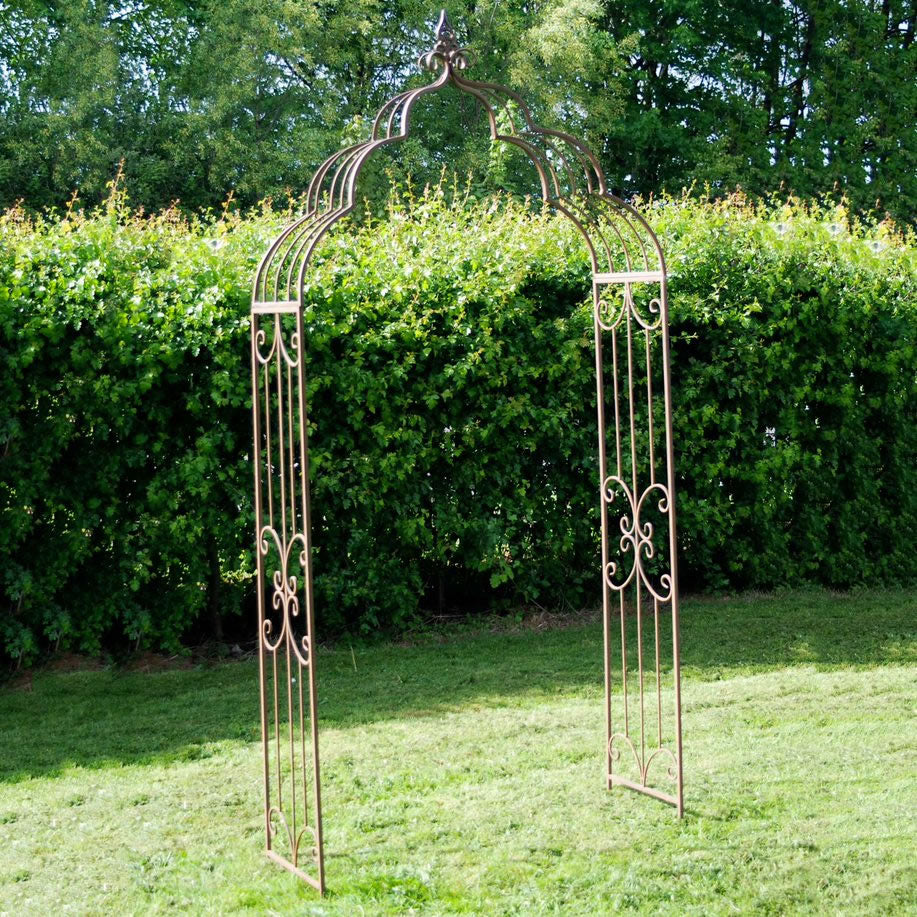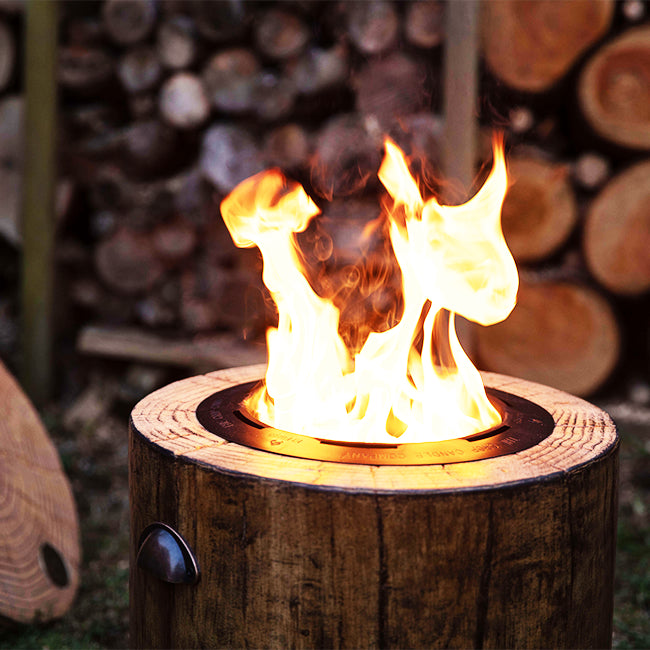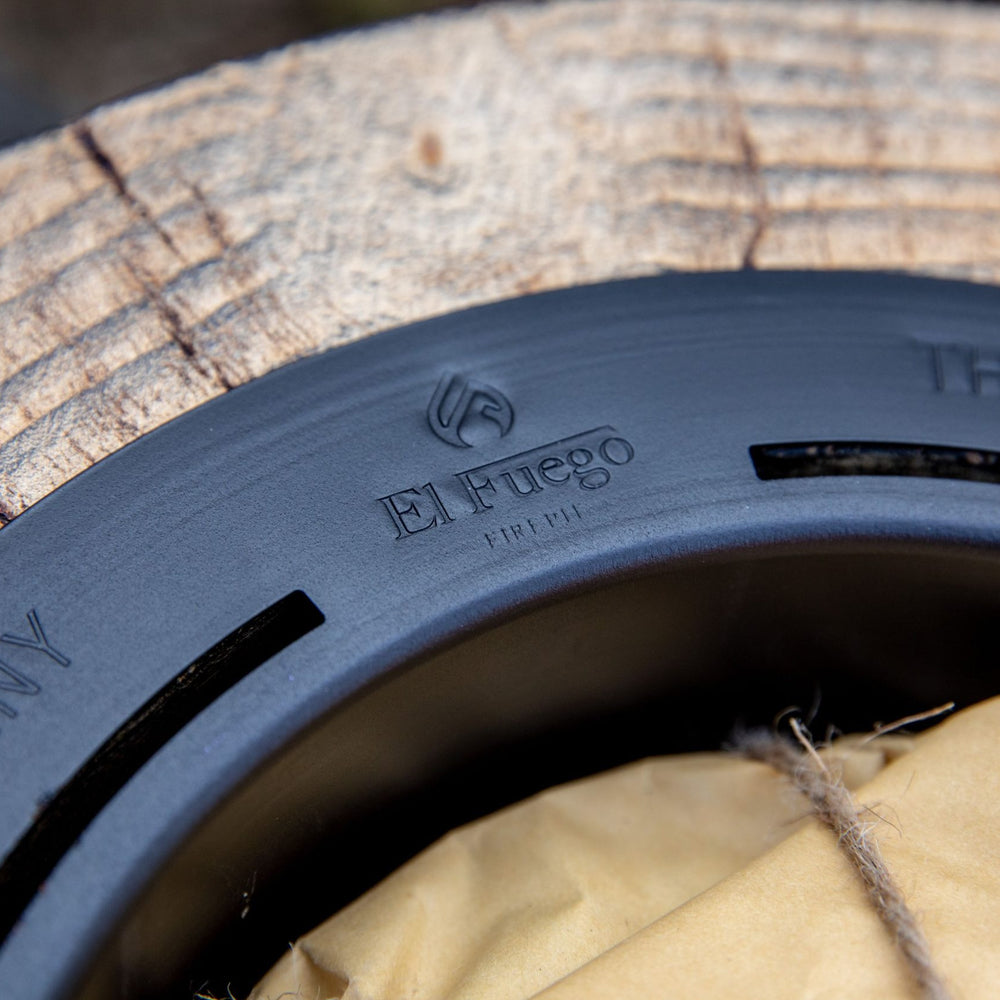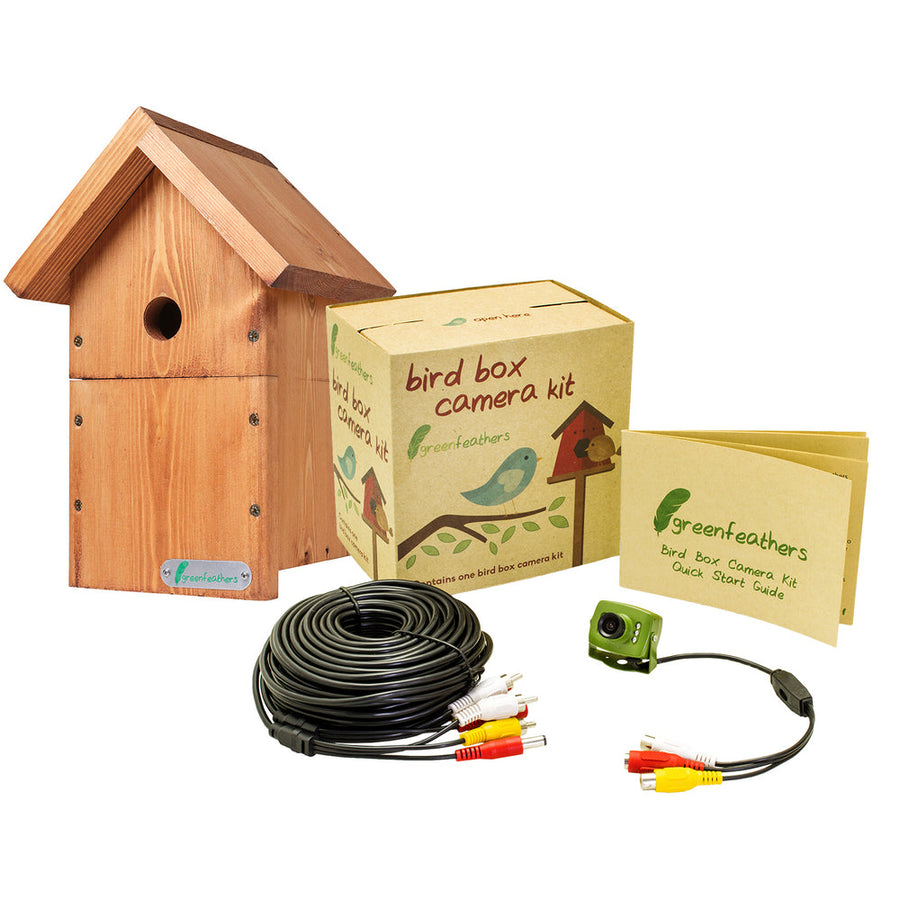How to Plant a Woven Willow Wand
After purchasing your wand, it is important to promptly plant it. However, if immediate planting is not possible, you can temporarily keep it in 10cm of water in a shady outdoor spot for a maximum of 3-4 days. Make sure to plant the wand before its roots grow longer than 2cm. For estimated arrival times and shipping options, view our product delivery info
You will notice a plastic tie at the bottom of the wand, which should always be left on. Removing it will cause the wand to unfurl and lose its beautiful symmetrical woven effect. Don't worry about the tie "strangling the plant" because willow grows strongly and will grow around it.
The wand is meant for outdoor planting only and can be placed in any position from partial shade to full sun. It should remain outdoors throughout the year and can even withstand severe frost when grown in pots. However, it must not dry out, so protect it from cold winds and sun if grown in a container. Placing the pot in a saucer helps ensure that the compost remains moist.
During warm weather, water the wand daily, and over-watering is unlikely to be a problem.
Planting in the Garden:
You can plant the wand directly into your garden using normal garden soil. Dig a hole approximately 15cm deep, adjusting the depth based on the size of the wand you purchased—slightly deeper for larger wands and slightly less for smaller ones. Firmly secure it to prevent wind-rock and water it immediately after planting.
For the first 3-4 weeks, the wand will require daily watering unless there is heavy rain. After this period, water as needed depending on the weather conditions, but make sure the soil around the base of the stem remains moist throughout the first season.
Once established, starting from the second season, the wand will only need watering during dry summer conditions, but never let it dry out. Maintain a minimum distance of 1 meter from walls and eaves to ensure sufficient light and rain reach the wand.
Roots are unlikely to cause issues as long as the topiary top is trimmed according to the instructions.
Container Planting:
The wand looks impressive in troughs, pots, and containers. Follow the same guidelines as garden planting. Mixing the compost with a little loam-based compost helps retain moisture and firmly plant the wand during planting.
Like all plants grown in containers, it is crucial to keep the compost consistently moist. Placing the container in a saucer and ensuring the saucer has water is a good idea. Installing a trickle irrigation system is even better.
After approximately 2-3 months, the wand will have established a root system. At this point, start feeding it with a general-purpose fertilizer.


